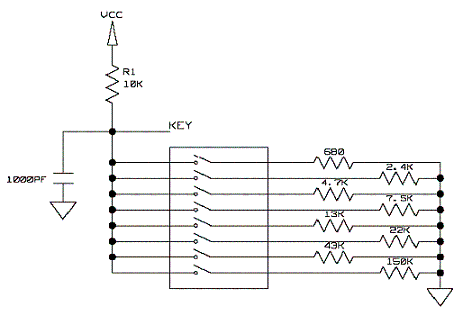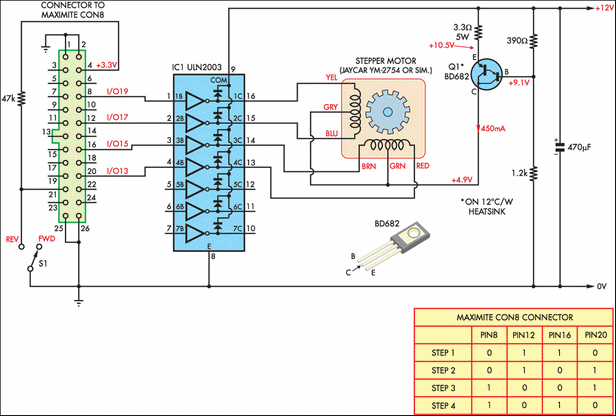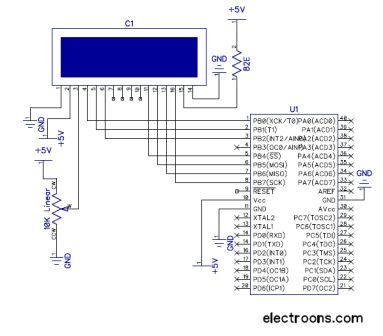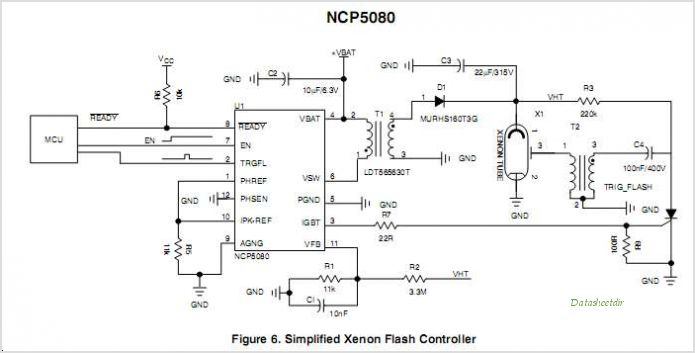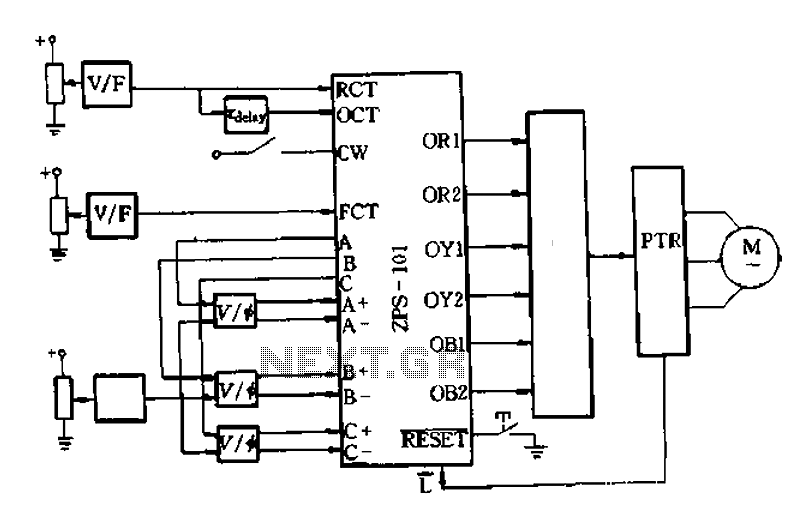
3310 LCD PIC16f628 interface written in Hi-tech C

This project demonstrates the interfacing and operation of the Nokia 3310 LCD using the PIC16F628 microcontroller. The programming is executed in Hi-Tech C, with the character table incorporated within the source code. The Nokia LCD features a resolution of 84x48 pixels and operates in a 6-line mode.
This project involves connecting the Nokia 3310 LCD to the PIC16F628 microcontroller, which serves as the control unit for displaying information on the LCD screen. The Nokia LCD, known for its compact size and low power consumption, is commonly used in various embedded applications.
The interfacing process begins with establishing the necessary connections between the microcontroller and the LCD. The LCD requires a series of control and data lines, typically including the Reset, Data/Command, and various data pins. The microcontroller's GPIO (General Purpose Input/Output) pins are configured to manage these connections effectively.
The code written in Hi-Tech C initializes the LCD by sending the appropriate commands to set up the display parameters. This includes configuring the display in the 6-line mode, which allows for efficient use of the available pixel matrix. The character table embedded in the source code is crucial for rendering alphanumeric characters on the LCD, as it defines the pixel patterns that correspond to each character.
In operation, the microcontroller sends commands to the LCD to clear the display, set the cursor position, and write data to be displayed. The timing and sequence of these commands are essential for proper functionality. The character data is sent in a specific format that the LCD can interpret, allowing for the dynamic display of text and graphics.
This project serves as an excellent introduction to LCD interfacing, providing foundational knowledge for further exploration into more complex display technologies and microcontroller applications. The choice of the PIC16F628 microcontroller is particularly beneficial due to its low cost and sufficient processing power for handling simple display tasks.This project displays how the Nokia 3310 LCD can be interfaced and driven using the PIC16F628 microcontroller. The code is written in Hi-Tech C and the character table is embeded in the source code. The Nokia LCD has 84x48 pixels and is divided to operate in 6 line mode. 🔗 External reference
This project involves connecting the Nokia 3310 LCD to the PIC16F628 microcontroller, which serves as the control unit for displaying information on the LCD screen. The Nokia LCD, known for its compact size and low power consumption, is commonly used in various embedded applications.
The interfacing process begins with establishing the necessary connections between the microcontroller and the LCD. The LCD requires a series of control and data lines, typically including the Reset, Data/Command, and various data pins. The microcontroller's GPIO (General Purpose Input/Output) pins are configured to manage these connections effectively.
The code written in Hi-Tech C initializes the LCD by sending the appropriate commands to set up the display parameters. This includes configuring the display in the 6-line mode, which allows for efficient use of the available pixel matrix. The character table embedded in the source code is crucial for rendering alphanumeric characters on the LCD, as it defines the pixel patterns that correspond to each character.
In operation, the microcontroller sends commands to the LCD to clear the display, set the cursor position, and write data to be displayed. The timing and sequence of these commands are essential for proper functionality. The character data is sent in a specific format that the LCD can interpret, allowing for the dynamic display of text and graphics.
This project serves as an excellent introduction to LCD interfacing, providing foundational knowledge for further exploration into more complex display technologies and microcontroller applications. The choice of the PIC16F628 microcontroller is particularly beneficial due to its low cost and sufficient processing power for handling simple display tasks.This project displays how the Nokia 3310 LCD can be interfaced and driven using the PIC16F628 microcontroller. The code is written in Hi-Tech C and the character table is embeded in the source code. The Nokia LCD has 84x48 pixels and is divided to operate in 6 line mode. 🔗 External reference

